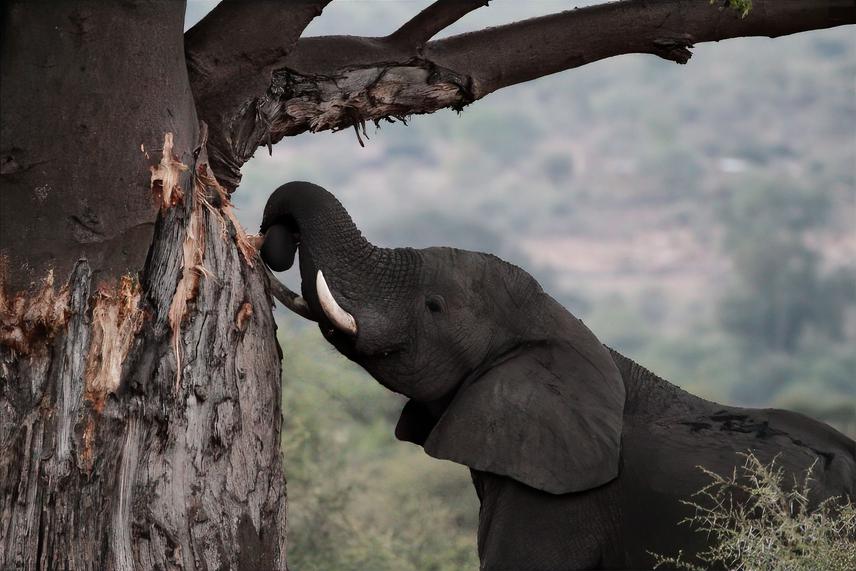Liam Joseph Taylor
This project is taking place in Mapungubwe Transfrontier Park which spans three neighboring countries (South Africa, Botswana and Zimbabwe) along the Limpopo River.
My focus will be on the investigation of elephant (Loxodonta africana) impacts on the landscape and the subsequent formulation of conservation solutions to the ecological crises unfolding. African elephants are an endangered species (IUCN Red List), and their conservation is vital due to the many positive impacts these keystone species have on the landscape. However, due to human-wildlife conflict, dispersal of elephants is often prevented, and elephant populations become restricted to protected areas. As herds cannot disperse and migrate easily between seasons, they are putting intense stress on the vegetation and landscape in Mapungubwe. The result is the large-scale destruction of large trees, especially species such as baobabs (Adansonia digitata). These impacts from the restricted mega-herbivore population are likely to result in negative ecological repercussions across the landscape. One such expected response will be the loss of large bird species, particularly the critically endangered raptors which require large trees for nesting. Losses of these species, especially ones such as vultures, will further exacerbate the ecological pressures on this landscape.

An elephant debarking a baobab tree at dusk. © Liam Taylor.
I have begun large scale vegetation transects in the landscape where I am investigating the importance of large trees as nesting habitats. By doing so we can quantify the role that large savanna trees play and thus the threats to the natural functioning of the reserve if large tree losses continue. I am also locating the nesting sites of threatened bird species so that we can directly protect these trees from elephant damage. My research will be vital for understanding differences in how elephants’ impact large trees (for example temporal, spatial, or species level factors) and thus guide conservation strategies. Further aims include working with the surrounding landowners around the reserve and formulating collaborations which will improve conservation efforts to protect this landscape. I am working with conservation agencies in the area, with whom we can create frameworks that allow for better management of the elephant population so to protect both the elephants themselves and the rest of the environment.
Header: A large herd of elephants at Mapungubwe National Park. Elephant damaged baobab trees with bird nests are visible in the foreground. © Liam Taylor.